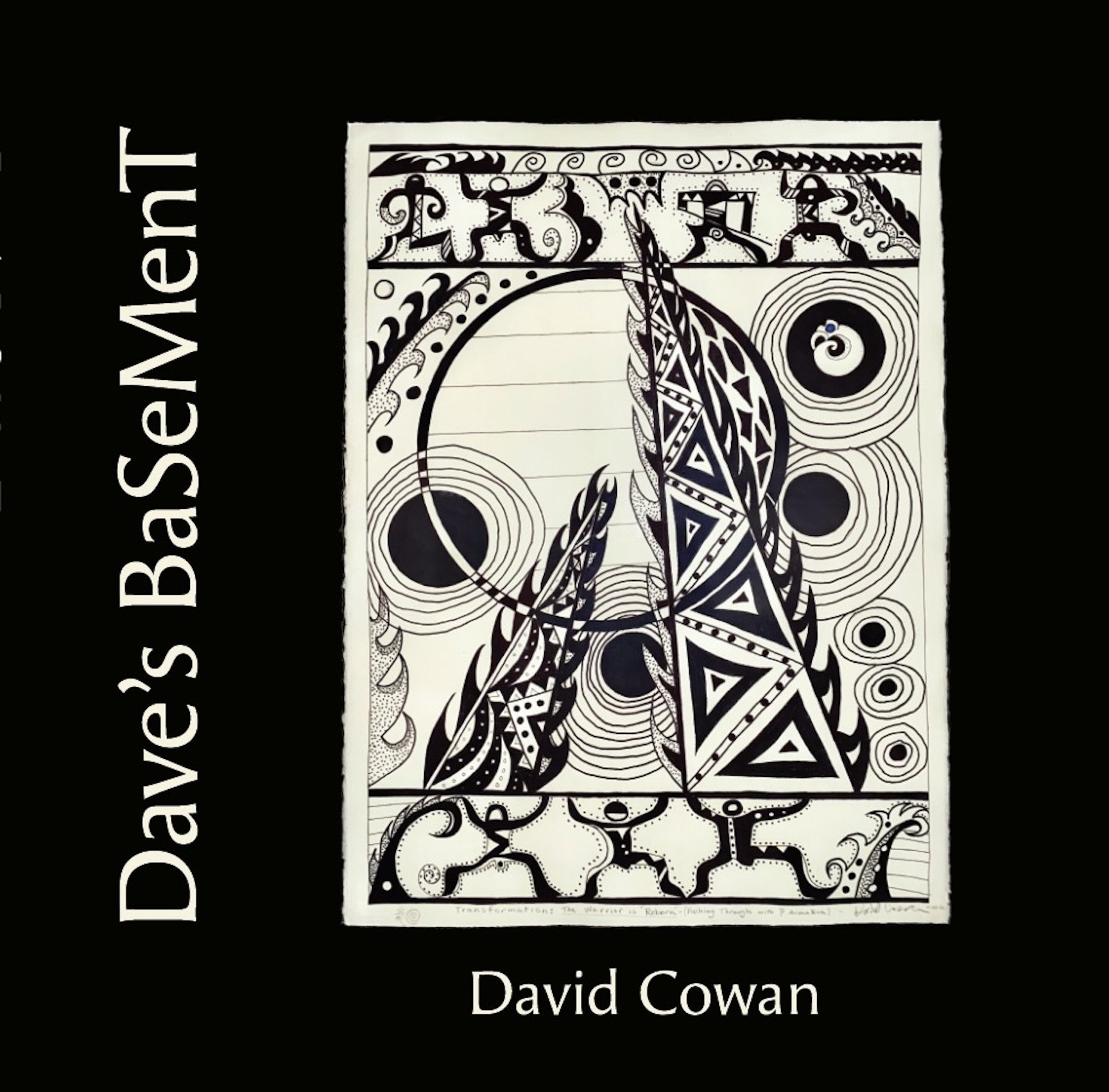Single Whip
/The Ancient Chinese observed nature and saw that certain animals and birds demonstrated superior fighting skills. They emulated these animals and their fighting styles. Among them were the White Cranes. A portion of White Crane Gongfu made its way into Taijiquan as 'The Single Whip.'
Cranes strike with lightning speed! Their long necks are like whips. Their beaks are sharp and devastating when used to attack rival cranes or predators or to strike out at darting fish for a meal. Cranes can strike with pin-point accuracy to maximum effect.
The Chinese admired Cranes for many many reasons but they observed that when it came to fighting, Cranes are magnificent, tenacious, and swift. Their cries when attacking are piercing to the ears. Chinese fighters emulated them...
The posture known as The Single Whip turns the human hand into a Crane's Beak and the human arm into a long Crane's Neck. This striking hand is held back, high, at the ready. The leading hand is extended forward defensively for blocking, grasping, or for Chin Na--Joint Locking. When the attacker is blocked, grabbed, or locked, that back hand is available for employment - like a Whip - like a Crane's Beak - for acupoint strikes.
You see, the fist has a broad surface. The point of impact is spread out over 3 to 5 inches. But when the hand is contracted into a 'Crane's Beak' the point of impact is compacted into a single inch with all five fingertips combined into a single striking surface. The effects of this smaller surface area are devastating. The blunt force is exponentially increased, and when combined with the whip-like action and speed of the strike--an opponent can be stopped with a single correctly placed blow to the neck. This is why Taijiquan requires the arm to be loose and relaxed, so it can move fluidly with the speed and waveform of a whip.
Now if you think of a Bullwhip, how you hear that snap at the tip of the whip-strike, that 'crack' is the whip actually breaking the speed of sound. The force vectors, because of the looseness of the whip, the wave-like action of the whip, and the withdrawing of the whip at the moment it strikes, exceeds the speed of sound: 342.2 meters per second! Of course the human arm is an inefficent whip compared to an actual Bullwhip, but I hope you get the idea... In a Crane strike, that arms is Moving! At the moment of impact it is withdrawn with equal swiftness. Crack! And the blunt force enters the attacker's body. Ouch!
What looks like such a simple hand gesture, a mudra--The Single Whip--is a powerful self-defence weapon. The fingertip strike protects the hand and knuckles from damage, and the increased strike-force is very effective; whether you hit your acupoint accurately or not...
The thing to remember is that the Chinese word for Matrial Art - Wushu - does not mean 'Martial Art'. It means: 'Stop Fight'. The goal of Wushu is to remove your attackers ability to continue to attack, to 'stop their fight' as quickly and decisively as possible. Striking a nerve ganglion with a 'Crane's Beak' can create a temporary paralysis rendering their arm useless. Stop fight! For sure.
So when you are practicing your Taijiquan in public you are also sending out a not-so-subtle message to your community: Don't waste your time, thinking you can benefit from attacking me. I know Taijiquan. I know how to stop you! I can kick your ass in 1 second and walk away...
Taijiquan is a sort of 'Security System'. It protects you and your home from possible invasion. The public knowledge that you know Taijiquan stops the fight before it begins. Hao la!"
Enough for today.
--Pahka Dave



